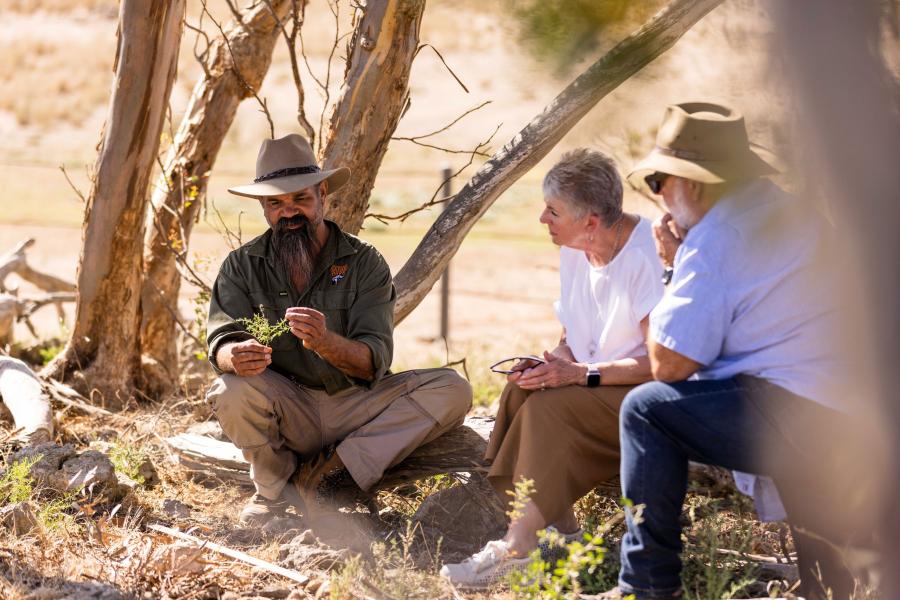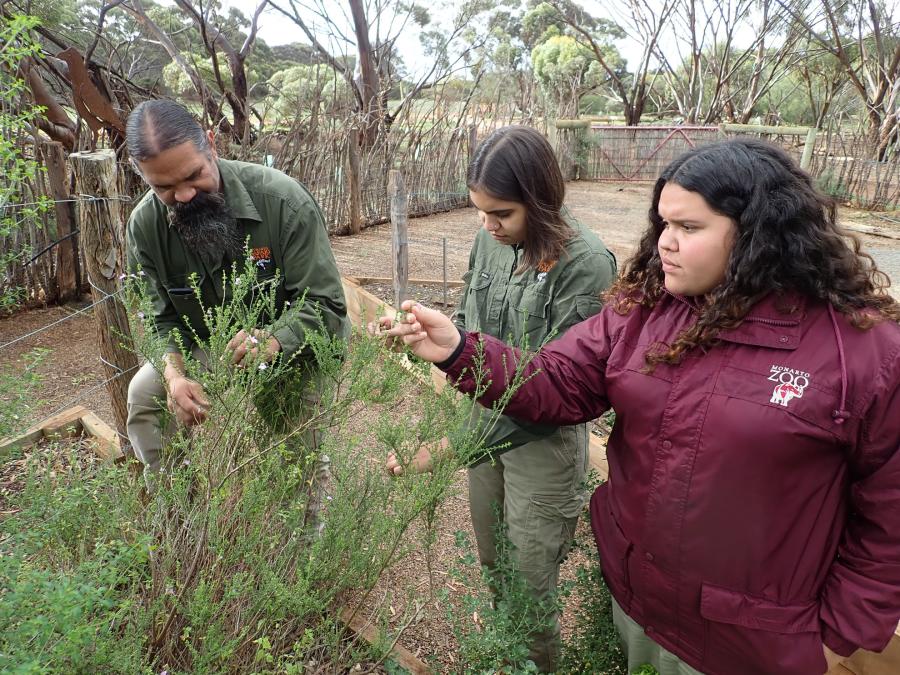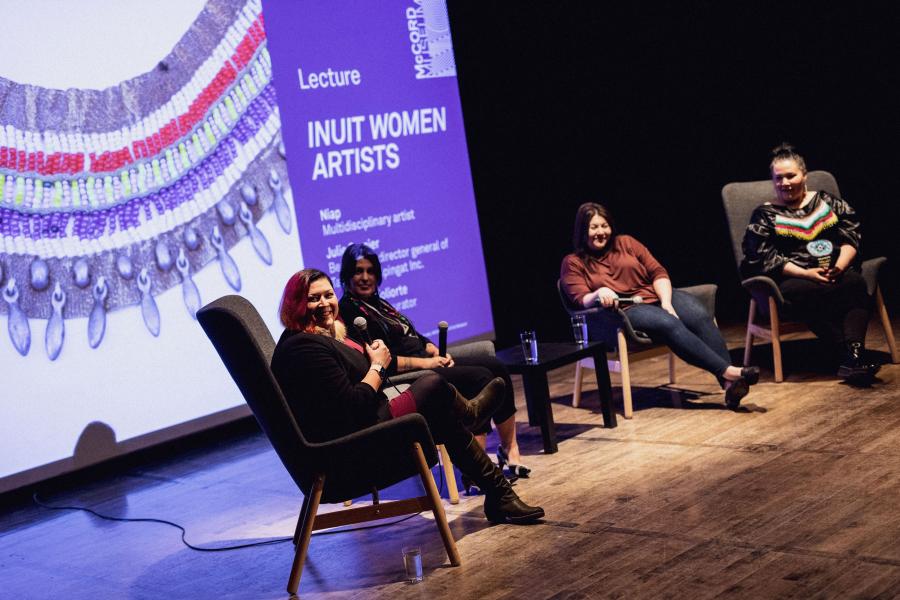No matter where you are in the world, you may be standing on land that was once home to an indigenous community. Over the past few years, attractions around the globe have prioritized recognizing the individuals who were there before.
Funworld explores how attractions show respect for the native peoples of their lands—and share their tips for how other attractions can follow in their footsteps.
Acknowledge Indigenous Communities
Zoos South Australia has land acknowledgment statements on the homepages of both the Adelaide Zoo and Monarto Safari Park. As guests enter the Monarto Safari Park, they are also greeted by an audio recording, “Welcome to Country,” recorded by a Ngarrindjeri elder. The Zoos South Australia team is currently working on an audiovisual welcome that will be installed at Adelaide Zoo, featuring a Kaurna cultural leader, says Robyn Bishop, Aboriginal learning on country coordinator for Zoos South Australia.
“Adelaide Zoo is on the traditional lands of the Kaurna people and Monarto Safari Park is on the lands of the Ngarrindjeri people,” Bishop explains. “Recognizing indigenous peoples at our sites and websites is something we have formally committed to as an organization through our Reconciliation Action Plan.” The comprehensive plan includes partnerships, activities bringing together employees and Kaurna and Ngarrindjeri locals, and educational opportunities.
“It definitely provides a sense of place for our sites—and it recognizes the significant history and ongoing connection of Indigenous peoples which reaches back for many, many thousands of years in Australia,” Bishop continues. “I think a sense of place is important for any attraction and for us in Australia that very much includes the recognition of the specific Indigenous peoples of our area and where we work.”
Help Tell Their Stories
At the First Americans Museum in Oklahoma City, the attraction shares the collective story of the 39 tribes that are in Oklahoma today, says Deputy Director Shoshana Wasserman.
“While First Americans are the original inhabitants of this continent, we are still to this day some of the most invisible people and our voices and our narrative have not been told, and they’re certainly not being taught in school,” she continues. “The majority of the people that are coming through our museum are non-native. After people go through our exhibits, I hear people leaving the museum every day and they’re saying, ‘I had no idea about boarding school’ or ‘I had no idea that the tribes were doing all of this for the current economy.’ So, there are a lot of different sort of revelations that the people are leaving with.”
The McCord Stewart Museum in Montreal tells more than 80 stories gathered from members of the 11 indigenous nations of Quebec in a permanent exhibit, Indigenous Voices of Today: Knowledge, Trauma, Resilience, says Curator, Indigenous Cultures Jonathan Lainey.
“They speak out about their suffering as well as their dreams and plans for a better future, that will restore their health, which has been undermined by the process of assimilation, as well as that of their land, which has been impacted by the forestry and mining industries,” he explains. “As part of an effort to initiate dialogue and foster understanding—both significant milestones in the journey toward reconciliation—the exhibition offers an opportunity for a meaningful connection.”
Consult with Indigenous Tribes First
Wasserman says that attractions planning an exhibit, event, or other program should make sure to consult with the tribal communities in their area before starting the process.
“Engaging and involving the tribes at the earliest level, not at the final moment as kind of a checkoff, is really critical, because there’s a lot that the tribes can bring to the table when attractions are conceptualizing new things,” she adds.
Bishop agrees. “Zoos SA is working with a range of Aboriginal communities and organizations in our conservation work and in providing indigenous perspectives at our sites, exhibits, and programs, and this will be ongoing into the future,” Bishop says.
Provide Unhindered Access
In addition to permanent and upcoming exhibits focused on indigenous cultures, Anne Eschapasse, president and chief executive officer of the McCord Stewart Museum, says access to the museum’s space, programs, and collections for indigenous peoples is a priority.
They do this through free access to the Museum’s exhibitions and activities for indigenous people, as well as facilitated access to indigenous cultural properties in the Museum collection for Indigenous artists, researchers, and community groups.
“Reciprocity is essential,” Eschapasse adds. “As an institution, you must give to your partners as much as you will get from them. Ask yourself: ‘How can the institution be at the service of partners’ objectives?’”
Show How We Are All Connected
Wasserman says they are in the midst of building a new exhibit called The Family Discovery Center, with the theme of showing how all humans are connected.
“We’ve taken four human values—respect, community, resiliency, and stewardship—and we’ve created hands-on activities that families will be engaged with together,” she continues. “Many of those activities have a purpose to them. So, for example, in the respect zone, we have one activity that’s called Real or Ridiculous, and it’s to dispel stereotypes, but really it’s to foster respect for one another.”
“In each one of those areas, while we are looking through a native-centric lens with some of the activities in there, those shared values are human values and that’s what binds and connects us all together as the human race,” Wasserman adds. “And we think that that is a powerful message in today’s day and time.”




